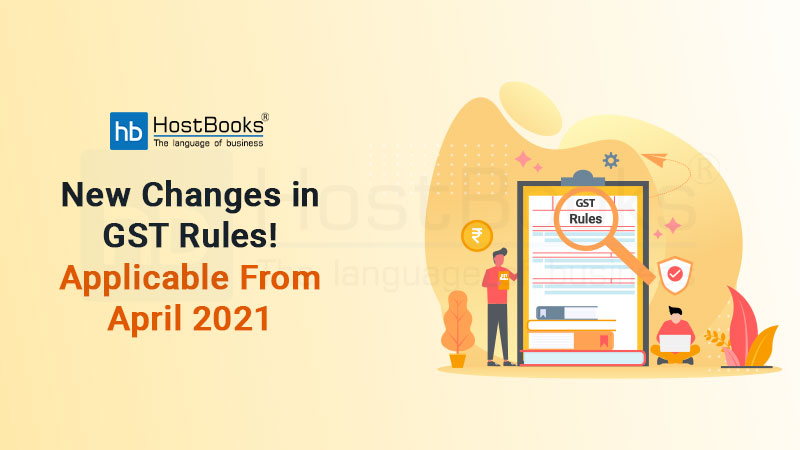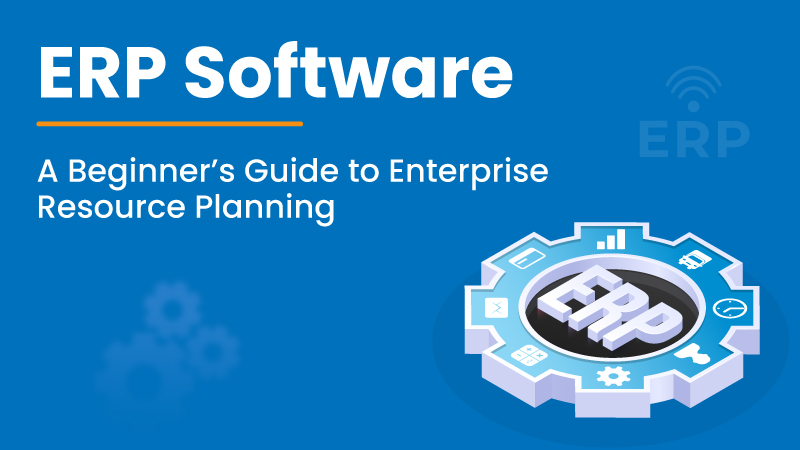New Changes in GST Rules! Applicable From April 2021

GST is a dynamic law. It has gone through many additions, changes and alternations ever since its inception. We as business owners, taxpayers, and tax consultants are required to stay updated with all these changes because this will help us to make the right decision for our business and ourselves.
By acknowledging this fact, here we are providing a list of changes in the GST rule that has come into effect from 1st April 2021:
Change No 1:
Generating e-Invoices are mandatory for companies having turnover of more than 50 Cr
As per GST Notification 05/2021, e-Invoicing is compulsory to generate for entities whose aggregate turnover is more the 50 Cr. Earlier this limit was 100 Cr. But now the government has reduced the threshold value of e-invoices because they are trying to bring the medium to small scale companies under the mandate of invoices.
Change No 2:
8 Digit HSN Code Is Mandatory in Tax Invoices
This is one of the most important changes in the GST Rule. As per GST Notification 90/2020, taxpayers are required to include the HSN code in their tax invoice (for specified products). Earlier the HSN code was mandatory to include in GST invoice only for taxpayers with a turnover of more than 5 Cr. But now the 8 digit HSN code is compulsory for all tax invoices.
Change No 3:
4 or 6 Digit HSN Code is Mandatory in GSTR 1
From 1 April 2021, it has become mandatory to report a minimum of 4 digit or 6 digits HSN (Harmonized System of Nomenclature) Code in Tax Invoice and Table-12 of GSTR-1. Earlier taxpayers needed to provide HSN-wise invoice value. But now, they need to provide HSN plus rate-wise taxable value and tax amounts in Table-12 of GSTR-1.
Change No 4:
Generating e-Invoices with QR code Are Mandatory For B2C Transactions
Along with generating e-Invoices for B2B transactions and exports, now taxpayers are required to print self-generated QR code on B2C transactions. Failure to do so will come up as a penalty on invoices generated from 1st December 2020. Also, a new notification GST circular No 146/2021 is issued, according to that if payment is done before invoice generation then instead of dynamic QR Code the cross-reference of payment will also do.
Change No 5:
Due Date Of GSTR 9 & 9C Filing has extended:
Another important change in GST rule! The due date of GSTR 9 & 9C has extended by Central Board Of Indirect Taxes and Customs (CBIC)
Along with these changes, you may find many changes on the GST portal such as:
- Now users can track their registration status after logging in using TRN (Temporary Reference Number)
- Form GSTR3A will be issued for non-filing of GSTR3B returns under QRMP scheme
- Taxpayers can file Nil stock using GST ITC03
- Input Service Distributors can enter cancelled supplier invoice details in GSTR6
- Fixed Sum Method and the Self-Assessment Method, these two options are available to taxpayers now
- Taxpayers can edit specific fields in GSTR3B
- Status of refund can be seen on GST portal
- Taxpayers can withdraw refund application using GST RFD 01W
- Taxpayers can search additional information using search facility
Hb GST can help you in seamless GST return filing
Hb GST is a cloud based GST Return Filing software that can help you in your GST reconciliation. The application includes several beneficial features that can make the process quick and seamless. You can schedule a Free Demo to understand the benefits of hb application. Have a nice day!

Try HostBooks
SuperApp Today
Create a free account to get access and start
creating something amazing right now!
















